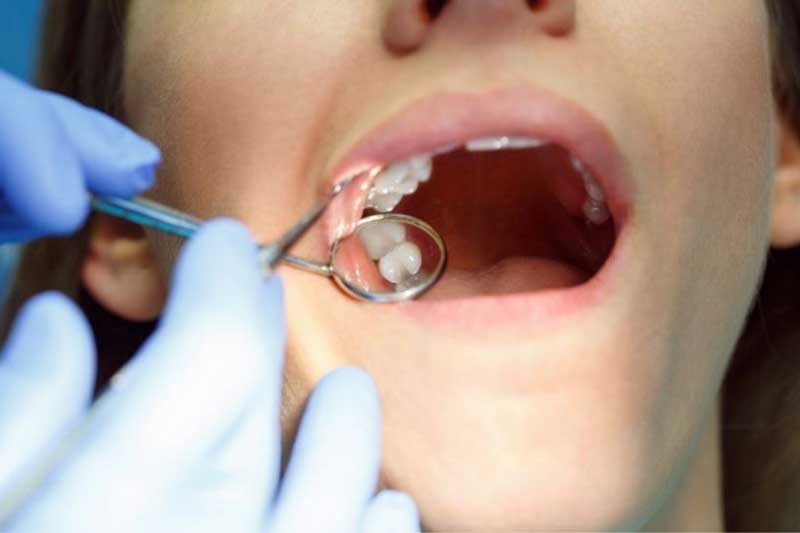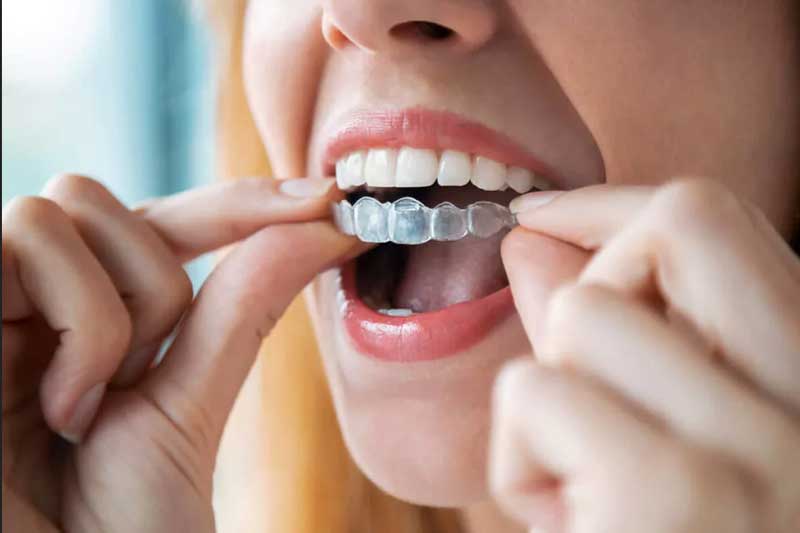6 Great Ways Cosmetic Dentistry Can Transform Your Smile
In today’s world, where first impressions are crucial, having a confident, radiant smile can make all the difference. Cosmetic dentistry is a popular and effective…
At Waterstone Family Dentistry in Fuquay-Varina, NC, we understand that a healthy, functional smile is crucial to your overall well-being and confidence. Whether you are looking to restore damaged teeth or replace missing ones, our crowns and bridges services are designed to provide durable solutions that not only improve the functionality of your bite but also enhance the aesthetics of your smile.
Crowns and bridges are foundational to restorative dentistry. They help restore and enhance teeth that are damaged, decayed, or lost. A crown is used to entirely cover or “cap” a damaged tooth or cover an implant, whereas a bridge is utilized to fill the gap created by one or more missing teeth. Both crowns and bridges are fixed prosthetic devices that are cemented onto existing teeth or implants and are designed to look, feel, and function like your natural teeth.
Our team, led by the experienced Dr. Michele Collier, uses the latest in dental technology and materials to craft restorations that match the natural color and contour of your existing teeth. We prioritize your comfort and satisfaction, ensuring that each step of the process, from the initial consultation to the final placement, is conducted with the utmost care and precision.
If you are searching for effective solutions to restore your smile, consider the reliable, high-quality options provided by your dentist in Fuquay-Varina, NC. Let us help you regain your smile’s beauty and functionality with our expertly crafted crowns and bridges. Contact us today to schedule a consultation and take the first step toward a renewed smile.
In today’s world, where first impressions are crucial, having a confident, radiant smile can make all the difference. Cosmetic dentistry is a popular and effective…
What Is Invisalign and How does it work? The spelling of Invisalign references exactly what the treatment does. It is a process that uses clear,…
The average teen or adult is likely to have heard about Invisalign at some point in time. Most understand that it is an alternative to…
There are times when a tooth cavity is too large to place a filling, and the tooth needs what is known as a crown or cap. Other situations when a crown is needed are when:
A crown covers or “caps” the whole tooth and returns the tooth to its normal shape and size and helps strengthen the tooth. Crowns come in a variety of esthetic materials including porcelain, gold, and ceramics. The location of the tooth along with any bite issues are considered when choosing the best material for the crown.
How is the crown made? The tooth is filed down on the top and sides of the tooth after which an impression or digital scan is taken of the tooth. The crown, once made, is permanently cemented on the tooth.
A bridge replaces one or more missing teeth. The teeth on both sides of the missing tooth or teeth are prepared the same as for a crown. The bridge, once made, is bonded to the teeth on either side of the space. The false tooth or “pontic” appears to emerge naturally from the gum tissue.
Taking proper care of your dental crown or bridge is crucial to ensuring its longevity and maintaining your overall oral health. Daily brushing and flossing are essential, as they prevent the buildup of plaque that can lead to dental decay and gum disease, which can undermine the foundations of your restorations.
Additionally, visiting your dentist for biannual professional cleanings will help keep your crown or bridge in top condition and allow for early detection and management of any potential issues. For those with bridges, utilizing tools such as floss threaders, waterpiks, and water flossers can be especially helpful in cleaning hard-to-reach areas and maintaining thorough hygiene.
To further protect your crown or bridge, it is important to be mindful of your eating habits. Avoid chewing on hard foods, such as candies and ice, which can put excessive pressure on restorations and cause them to crack. For individuals who grind or clench their teeth, wearing a professional nightguard is strongly recommended. A nightguard can prevent damage from grinding or clenching by providing a protective barrier, thereby extending the life of your crown or bridge and helping maintain your dental health.
At Waterstone Family Dentistry in Fuquay-Varina, we are committed to ensuring that your crown or bridge restoration enhances your smile and improves your dental health. By following simple care guidelines and visiting us for regular check-ups, you can enjoy a durable, beautiful restoration that functions seamlessly with your natural teeth. If you have any questions about your crown or bridge, or if you need to schedule your next appointment, don’t hesitate to contact us. Let us help you maintain a healthy, vibrant smile for years to come.














